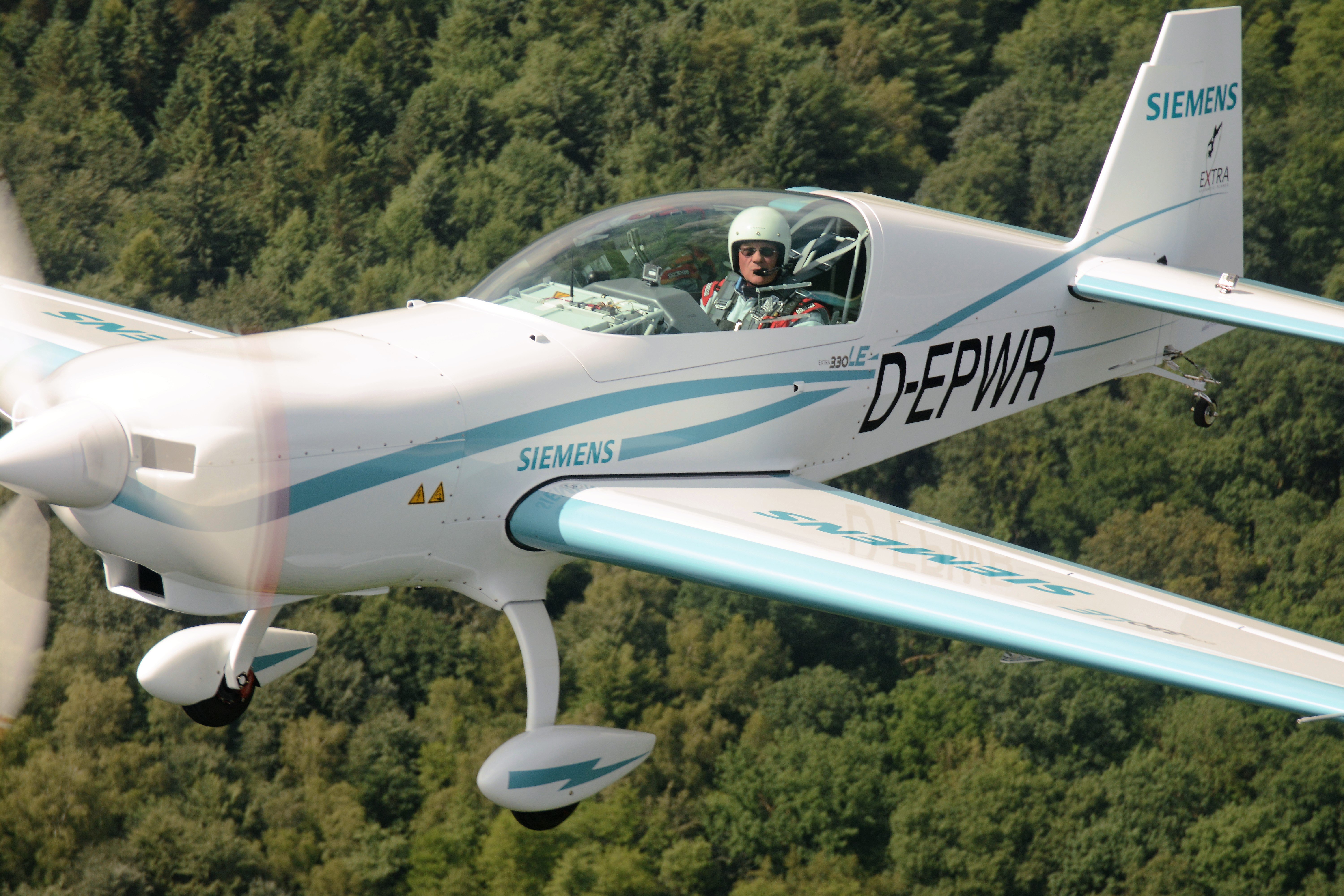A repeating theme in SF from the Golden Age and even before is cars that fly. Unfortunately, unlike driving, being a pilot is hard. It is not like anyone can just take off and fly. (I don’t believe that just anyone should get in a car and drive, but that’s another story.) Flying cars never came about.
Toyota just patented a flying car.
As we reported last week, Toyota is dipping its toes into the prospect of air travel with the granting of a new patent for a car that can also fly like a plane. At the time, we postulated the patent is unlikely to give us any flying cars any time soon, but should we be proven wrong and Toyota’s freshly-minted patent gives rise to an actual, factual flying car, it seems that Siemens [ETR:SIE] will be well placed to provide it with some motive power. At least, if Toyota wants its flying car to be a hybrid or powered by electricity. That’s because this week, the German parts supplier completed a successful test flight of an electric airplane fitted with a brand-new electric motor that boasts unprecedented power to weight ratio. Or to put it another way, produces a lot of power for its diminutive size. Of course, electric motors have long been used in model planes, but their use outside the 1:14th scale aeromodelling arena has been somewhat limited due to the mechanics of making a sufficiently large, powerful, & lightweight electric motor. And while we’ve seen some very successful electric planes take to the sky, most have been custom-made, super-lightweight affairs which while impressive, have yet to make their mark on a wider scale. Now, following on from the various battery cell improvements we’ve seen in recent years that bring down the cost and increase the energy density of battery packs, it seems that electric motors are ready to bring about the world of electric air travel too. At least, when it comes to planes designed for private use or short, city-hopper services. As airlines - particularly regional airlines - look to cut costs in an increasingly cut-throat market, and with oil prices unlikely to fall dramatically, anything that increases their notoriously wafer thin margins is a popular concept. And Siemens is keen to fill that unmet need by producing both electric and hybrid-electric aircraft. Many of the benefits of electric motive power for aircraft are ones that any EV driver will be familiar with: quieter, lower maintenance, greater efficiency. Benefits that are shared with the community too in this case - as with increasing air travel areas around airports have become increasingly polluted - both by noise and by noxious residues from burning fossil fuels. But there are also other benefits that are deeply exciting for aeronautical engineers and pilots. Unlike fossil fuel powered engines, electric motors really don't care which way is up. They operate the same upside-down as they do the right way up — they don't stall and fuss with fuelling issues when you turn them over. They also perform the same at 40,000 feet as they do at 4 feet. Traditional engines require complex mixture and timing adjustments to keep them performing well in the thin atmosphere in which they spend much of their lives. Indeed, it's a wonder that internal combustion engines work at all in aircraft; their vagaries being so pronounced. With so many benefits - it is perhaps surprising that electric motors haven't made a bigger impact already. But then, as Dr. Anton - head of Siemens Electric Aircraft Team points out — the power/weight ratio for most automotive EV motors is insufficient to achieve their flight-directed goals. The motor demonstrated by Siemens on Monday was slipped into a custom built ‘Extra 330LE'. The Extra 330 is a small ‘aerobatic tourer' - more commonly equipped with the Lycoming AEIO-580-B1A engine - at 197kg (dry weight) and 315 HP - it's pretty much ideally suited to the aircraft. Based on a thoroughly modern, but not deeply exceptional structure - with a mixture of a steel fuselage and carbon fibre wings, the Extra is itself a popular aerobatic model. And in that sense it's ideally suited to the unique challenges of testing electric motors off the ground - and pushing the new components to their limits. Siemens current motor is sufficient to power a small 4-seater aircraft by itself. Indeed, it would be “quite racy” suggest Siemens in that application. And Siemens is keen to point out that the motor is nearing the power requirements for small regional airliners. Of course if anyone would know about aeronautical electric motors it really ought to be Siemens, given that it was its electric motor that (back in 1881) powered the first electric dirigible. Granted Tissandier's Hydrogen filled, Bichromate cell powered, airship is a world away from the 50 kilo, 260 kilowatt motor that Siemens demonstrated which has been fettled and finnicked within an inch of its life. But it is a long history of aeronautics that may not instantly leap to mind when thinking of Siemens. Dr. Anton explains that every component from previous motors was examined and optimized to lighten this motor and improve efficiency. The end-shield for the motor, for example, was analyzed using a software package that divided the component into over 100,000 elemens.
